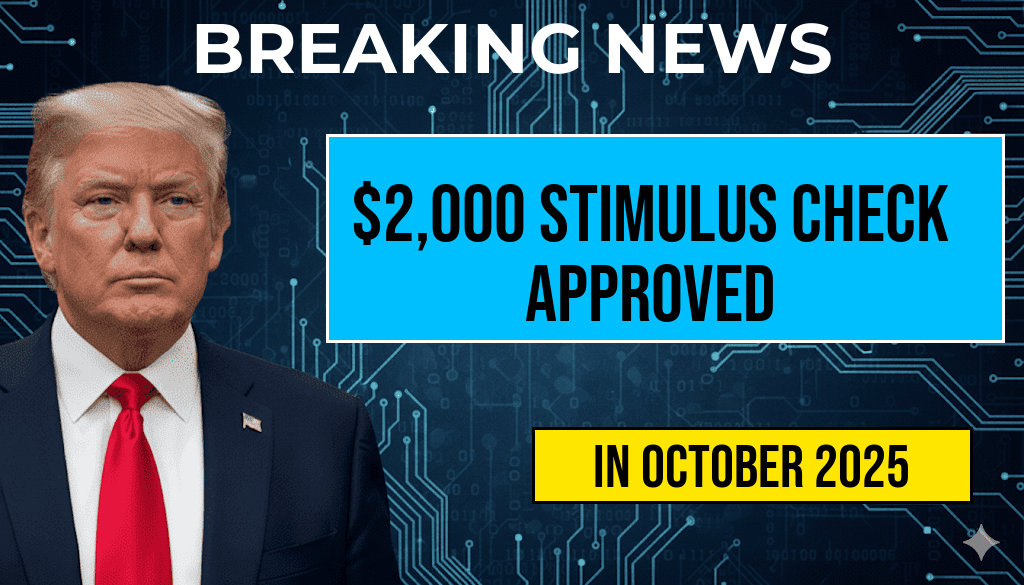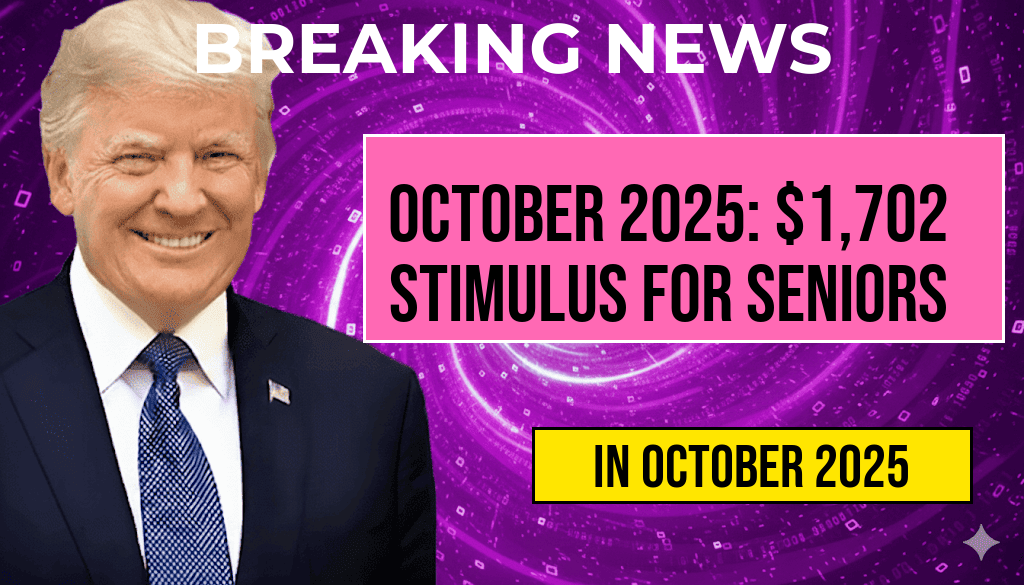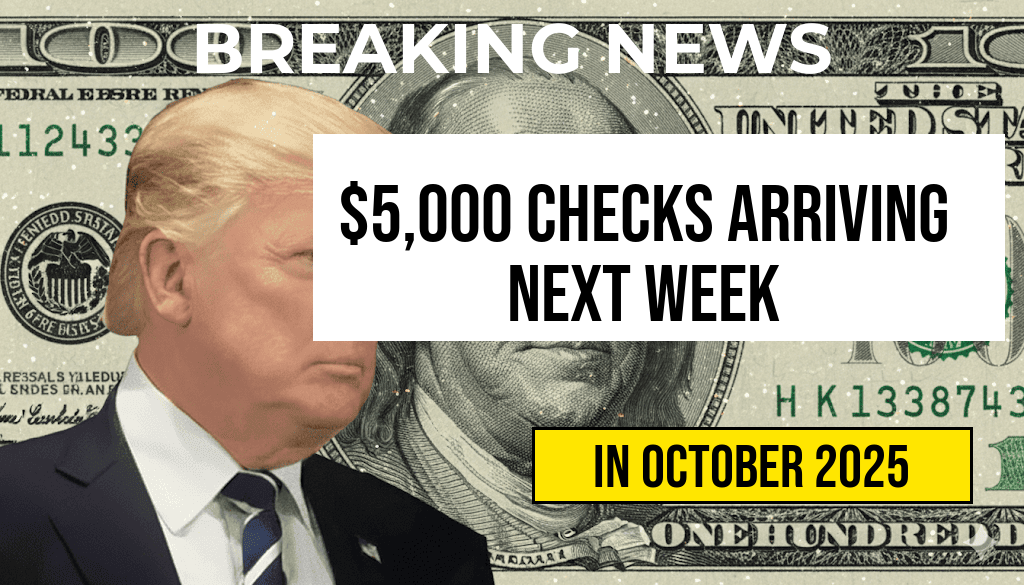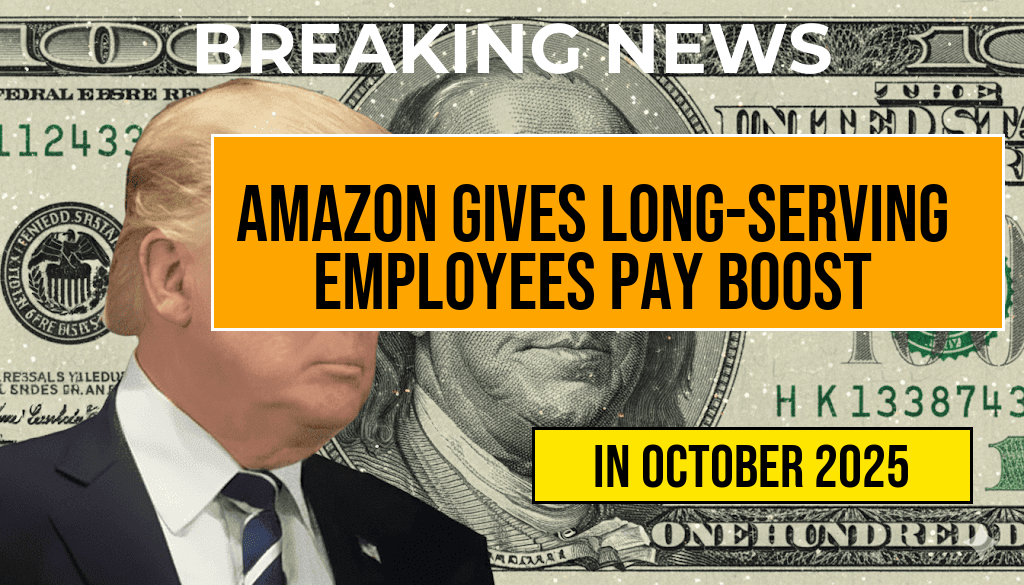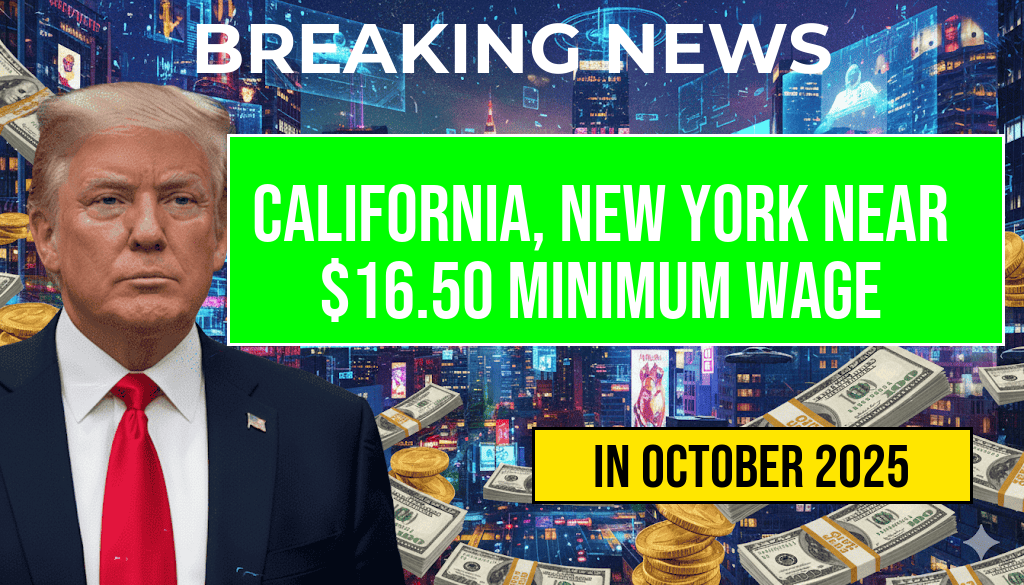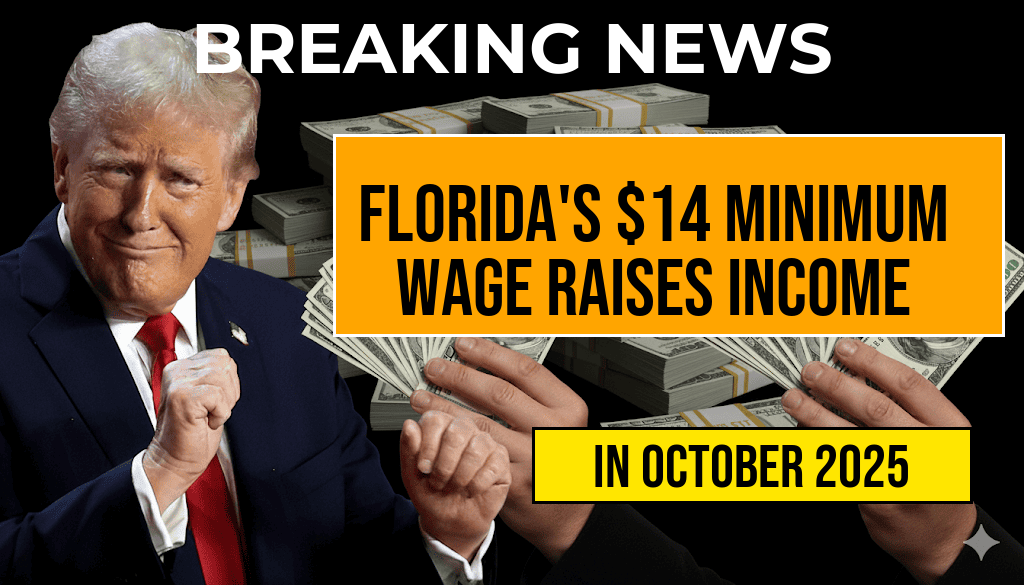The federal government has officially approved a $2,000 Fourth Stimulus Check aimed at providing additional financial relief to eligible Americans amidst ongoing economic challenges. This latest stimulus initiative, announced by legislative leaders, is designed to support households struggling with inflation, rising living costs, and unexpected expenses. The payment is scheduled for distribution later this month, with specific eligibility criteria and deposit dates now clarified. While the original stimulus efforts focused on supporting unemployed individuals and low-income families, this new round expands eligibility to include more middle-income households, reflecting a broader effort to stabilize the economy. As the details unfold, millions of Americans are eager to determine whether they qualify and when they can expect to receive their payments.
Details of the $2,000 Fourth Stimulus Check
Legislative Background and Purpose
The latest stimulus package, passed by Congress and signed into law by President Biden, aims to mitigate the economic impact caused by inflation and other ongoing financial pressures. According to official statements, the $2,000 stimulus check is intended to provide immediate relief to households experiencing increased costs for essentials such as groceries, energy, and healthcare. This initiative builds on previous stimulus efforts, which primarily focused on unemployment aid and small business support, by offering direct payments to individuals and families.
Who Is Eligible?
Eligibility criteria for the $2,000 stimulus check have been expanded compared to earlier rounds. The key factors include:
- Income Limits: Individuals earning up to $75,000 annually or households with combined incomes up to $150,000 qualify for the full amount. Partial payments are available for those earning slightly above these thresholds.
- Filing Status: Both single filers and married couples filing jointly are eligible, with adjustments based on income levels.
- Residency: Applicants must be U.S. residents or citizens living in the country during the payment period.
- Dependents: Households with dependents can receive additional benefits, with some provisions allowing for supplemental payments for families with children.
Individuals who received previous stimulus checks or unemployment benefits are generally eligible, provided they meet the income and residency criteria.
How to Apply or Claim
Most eligible Americans will receive their payments automatically through direct deposit or mailed checks. Those who did not file taxes in recent years or are new to the system may need to complete a simple online registration through the IRS Get My Payment portal. The government has emphasized that no action is required for most recipients, as eligibility data will be cross-checked with existing tax records.
Deposit Date and Payment Schedule
| Payment Phase | Eligible Date Range | Expected Deposit Date |
|---|---|---|
| First Wave | April 20–25, 2024 | April 25, 2024 |
| Second Wave | April 26–30, 2024 | April 30, 2024 |
| Final Phase | May 1–5, 2024 | May 5, 2024 |
Officials have confirmed that most payments will be processed within a week of the eligibility window closing, with direct deposits appearing in bank accounts typically within 24 hours of deposit confirmation. Paper checks will be mailed to qualifying households and may take longer depending on postal service times.
Additional Support and Considerations
Tax Implications
The $2,000 stimulus payments are considered non-taxable income under current IRS guidelines. Recipients do not need to report these payments on their tax returns or pay additional taxes on the funds received.
Impact on State and Local Assistance Programs
Some states and local governments have also announced supplementary relief measures that could complement the federal stimulus, including rent assistance, utility subsidies, and food aid. Eligible residents are encouraged to explore these options through their respective agencies.
Resources for More Information
As the distribution phase begins, officials advise recipients to remain vigilant for official communications and beware of scams related to stimulus payments. Authorized agencies will never ask for sensitive personal information via email or phone calls. For updates, eligible individuals should regularly check official government websites and trusted news sources.
Frequently Asked Questions
When is the deposit date for the $2,000 Fourth Stimulus Check?
The deposit date for the $2,000 Fourth Stimulus Check has been officially revealed and is scheduled for [Insert specific date]. Eligible recipients can expect to see the funds in their accounts on this date.
Who is eligible to receive the $2,000 Fourth Stimulus Check?
Eligibility is typically based on factors such as income level, filing status, and prior stimulus receipt. Specific criteria include household income thresholds and tax filing requirements. For detailed eligibility, refer to the official government guidelines.
How can I check my eligibility for the Fourth Stimulus Check?
You can check your eligibility by visiting the official IRS website or the designated stimulus payment portal. Ensure your tax information is up-to-date and review the criteria outlined for the stimulus program.
Is the $2,000 stimulus a one-time payment or recurring?
The $2,000 Fourth Stimulus Check is intended as a one-time payment. However, depending on ongoing legislation and government support measures, additional stimulus payments may be possible in the future.
What should I do if I haven’t received my stimulus check yet?
If you haven’t received your stimulus check by the expected deposit date, you should verify your payment status on the official IRS website or contact IRS customer service. Also, ensure your bank account information and tax details are correct and up-to-date.

